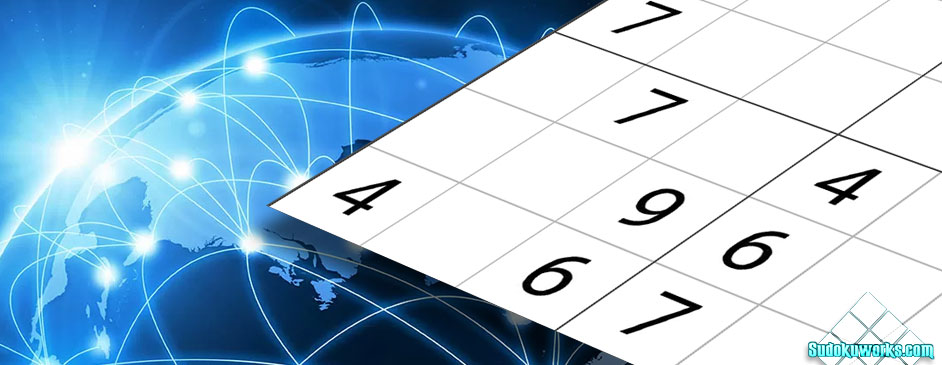Sudoku is a fun way to stimulate the mind. It is much more than guess-and-check. It involves numerous strategies to determine the placement of numbers in the puzzle. Looking for triples and quads is one way to solve difficult areas on the grid.
Beyond the Obvious
Often times, players begin by scanning for obvious choices first. There is usually one or two spots on the grid that have only one possibility for a missing number. When you notice a row, column, or square that has more than half the numbers already visible, the empty spaces may not have more than one number that could fit. Once these are complete, it may be time to start filling in all the possible numbers. Look at one cell and then go through the numbers in its column and write the possibilities small and lightly inside. Repeat with the row and then the square. Once you have recorded all available numbers, it is time to start analyzing those options.
Triples
As you know, numbers can only occur once along a row, column, and square. For the ease of clarity, though, let’s just look at rows for now while we try to understand triples. Once you understand this strategy, you would obviously repeat it for columns and squares. If you look across a row and notice that there are three numbers that are options in exactly three cells along that row, then those are the only numbers that can go in those cells. They have nowhere else along that row to go. They must occupy those cells.
Naked Triples
A naked triple occurs when the three possible numbers are the only numbers that you find along the row. For example, if you wrote that the numbers 1, 2, or 3 could go in three squares along that row but found no other numbers for any of those three, that is a naked triple. These are easiest to spot. Now is when you will have to start looking at the numbers from surrounding columns and squares in order to determine which cell can hold each of the three numbers. This may mean moving on to solve a different portion of the puzzle first before being able to determine which part of the triplet can be placed in which cell.
Hidden Triples
Hidden triples are a little trickier to spot, but work in the same way. Three numbers along a row will only be possible in three of the empty cells, but other numbers will also be written there from when you listed all possible answers. This simply creates an extra step. Again, if you notice that 1, 2, and 3 are only possible in three locations, you can cross out any other possible number that you had initially written and continue from there as described above.
Quads
Quads are exactly the same as triples. Instead of three possible numbers for exactly three cells there are four possible numbers for exactly four cells. Just like triples, quads can be naked or hidden. The same process ensues, but it may take a bit longer since there an extra number at play.
Being able to spot triples and quads should help you in your quest to solve Sudoku puzzles. They help in the process of elimination. Best of luck!

